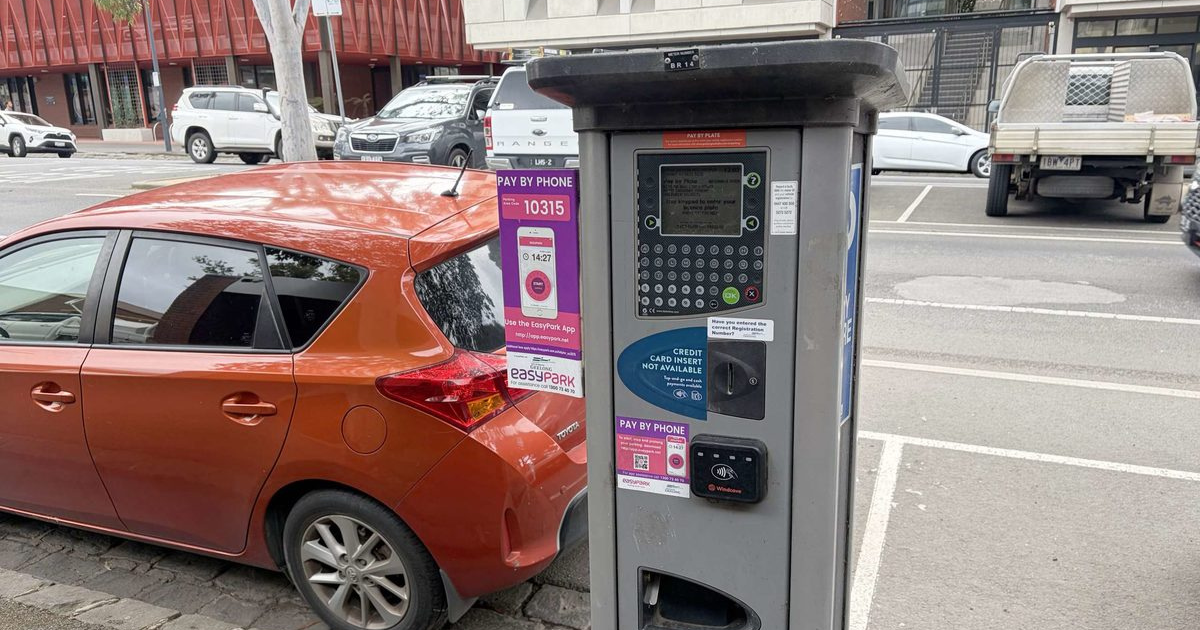JOBS JOY: Economic data paints impressive picture for Geelong industry

Geelong Chamber of Commerce CEO Jeremy Crawford says economic figures show positive signs for the city's future. Photo: BILLY HIGGINS
A BURGEONING local economy and “staggering” infrastructure pipeline will encourage ongoing investment into Geelong, a local business leader says.
But the growing population will also present medium-term challenges for local industries to ensure the region has the right mix of skills to cater for future jobs and ensure its ongoing liveability.
Latest economic figures from .id Consulting found that Geelong had the fastest employment growth of large regional cities and one of the fastest growing economies overall for the 2021/22 financial year.
Geelong added 12,100 jobs in the reporting period – a 9.8 per cent jump in just 12 months.
Its gross regional product (GRP) was similarly up 10.3 per cent to $17.58 billion, meaning Geelong’s economy is growing second fastest of Australia’s top 20 economies.
The data is complemented by City of Greater Geelong figures which show the municipality has $16.9 billion worth of major projects either under construction or in planning as government and private investment flows for the region.

Geelong Chamber of Commerce CEO Jeremy Crawford said the robust figures proved investors remained confident in the city’s long-term growth prospects.
“I think the platform that Geelong has as quite a self-sustaining city is really attractive.
“But it’s not without some challenges. We’re going to need some of the key essentials; transport, health and education, are the big three that needs to underpin, a fast growth population.”
Economic data indicates Geelong employment is growing in those key areas.
Health care and social assistance remains the top employing industry for the region, accounting for 26,347 jobs – or 19.4 per cent of the region’s total workforce – to the middle of last year.
It also added by far the most workers in the 12 months to June 2022, with just under 4,000 joining the profession.
Construction has recently surpassed retail trade as the second-highest employer, and was the fastest-growing industry on a full-time equivalent basis.
Education and training (13,127 workers) is the fourth highest-employing industry, while manufacturing’s place in the top five is under threat from fast-growing sectors: accommodation and food services; public administration and safety; and professional, scientific and technical services.

Mr Crawford highlighted advanced manufacturing as an emerging industry likely to boom in coming years.
He said ensuring locals had access to the training needed to start or pivot their careers into emerging industries was an important long-term consideration.
“The key stat that’s resonating with me at the moment is that nearly 72 per cent of regional Victoria is in a skilled occupation. Industries like construction can obviously benefit from that.
“But we also need to be educating and training the next generations of these big workforces that are investing into these areas, so that we’ve got jobs for the for the local population.
Mr Crawford said the chamber’s medium-term focus was ensuring the flow of investment provided sustainable growth of industries and services.
“As infrastructure increases, how does the population ensure that we’ve got the right mix of skills and jobs and so forth that’s going to serve us all?
“That’s one of the key to success in making sure that these investments have got really long-term success.”

















